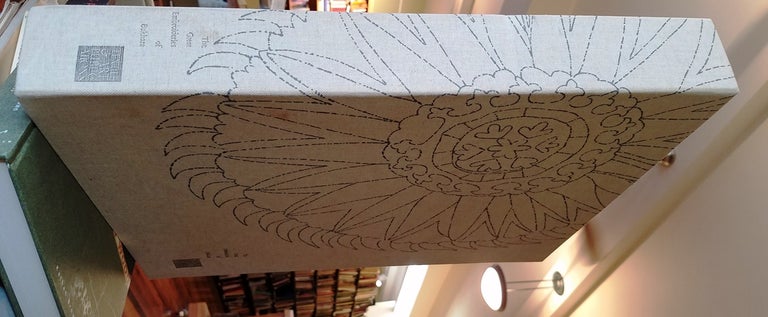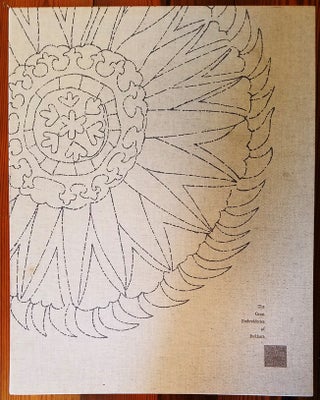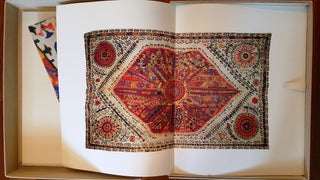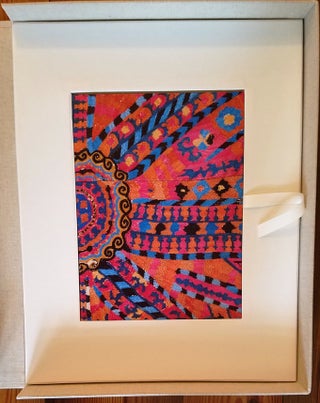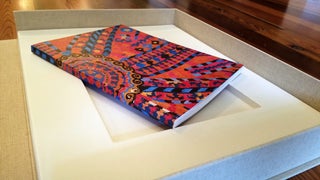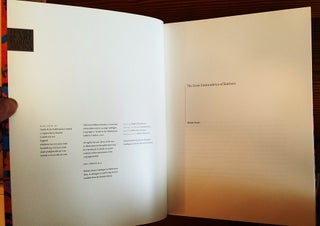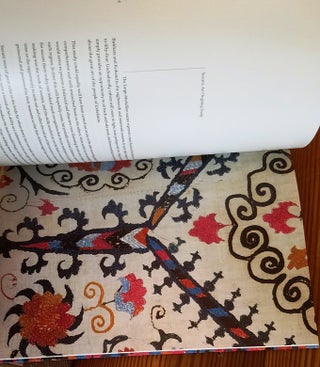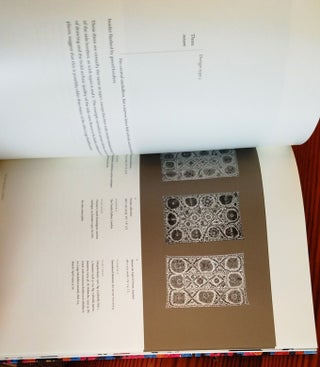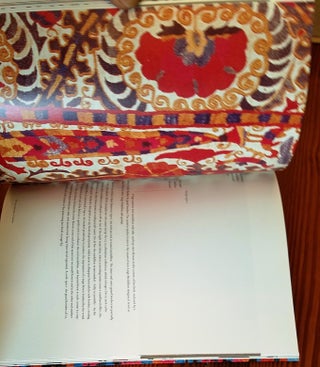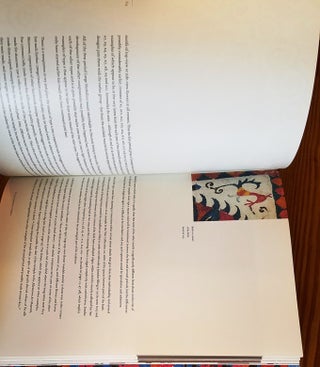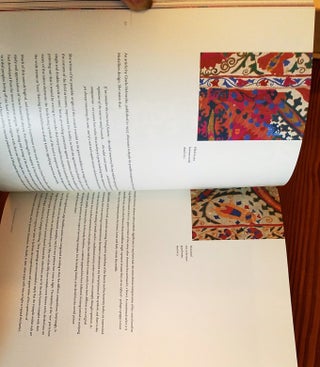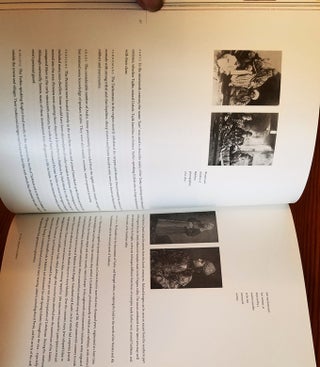The Great Embroideries of Bukhara
London: Textile and Art Publications, 2000. Hardcover. Large linen portfolio clamshell box (18" x 14" x 2.5"). Contents are arranged in a removable linen tray on top, and book in form-fitting spot beneath. 22 Large folding color plates within the tray. Smaller book has 104 pp. VG+. Item #161627
ISBN: 9781898406358
The hand-embroidered covers presented in this superb new publication are among the most beautiful objects known from the high period of the art of needlework in the former Central Asian Emirates of Bukhara and Kokand, the areas known today as the Republics of Uzbekistan and Tajikistan. They are known as 'suzani', derived from the Farsi word for 'needle'. The oldest examples can be attributed to the eighteenth century - although they may in fact be older - and the tradition continued into the early twentieth century. Each embroidery formed part of a suite made by a bride and her family as dowry gifts. Weddings were significant events in the tribal society of Central Asia, representing the binding together of two people and two families.
It is impossible to say exactly who created these embroideries, because many different tribes lived in the region, but it was probably settled societies rather than nomads. Although suzani were made in tribal environments, they cannot comfortably be categorized in Western terms as either tribal or folk art. Their designs are extremely sophisticated and have evolved over hundreds of years. They are neither wholly naturalistic nor wholly abstract and carry the symbols of an entire culture. Such weavings were among the most important media of artistic expression for the peoples of Central Asia and constitute a tradition that can be traced back to very ancient times. The Great Embroideries of Bukhara is devoted to one particular group of suzani that were made in and around the city of Bukhara in the eighteenth and nineteenth centuries. These extraordinary works of art are distinguished by their huge central medallions, which provide an explosion of colour and form. Many of them are amongst the largest suzani extant, and the effect that they create is of an extremely powerful and graphic artistic image. They are amongst the most exciting and beautiful Central Asian embroideries known, and it is not surprising that they have become known as the 'Great Embroideries of Bukhara'.
OCLC: 494254506
Sorry, this book is not available.
Notify me when this comes back in stock.


